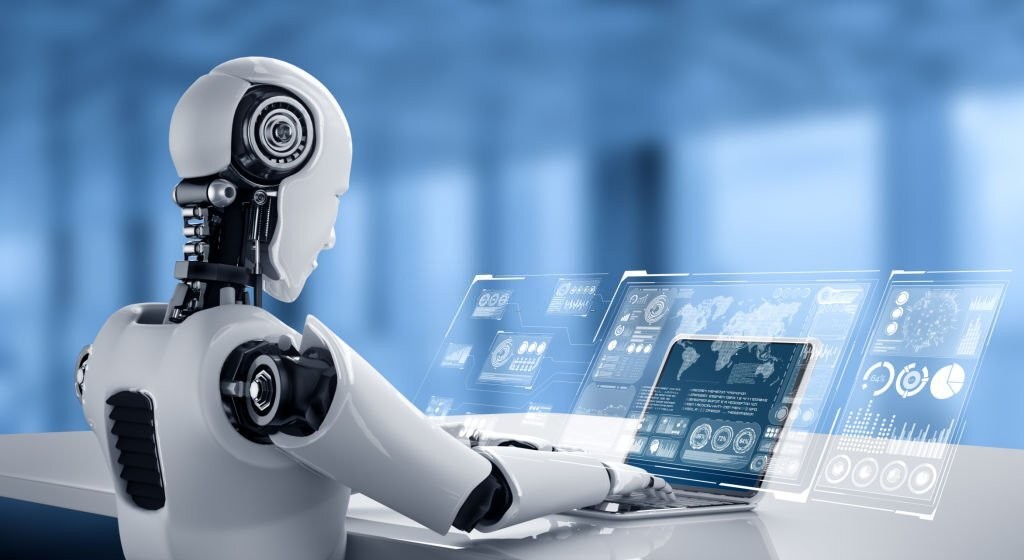The Evolution of Robotics Globally
Introduction
Robotics, a field once relegated to the realm of science fiction, has grown into a powerful and transformative technology. From industrial automation to artificial intelligence-driven machines, the development of robots has been nothing short of remarkable. Over the years, this domain has evolved through various phases, each marked by significant advancements that have paved the way for the sophisticated robots we see today. This article delves into the history, current trends, and future possibilities of robotics.

The Dawn of Robotics
The concept of automatons dates back to ancient civilizations, where mythologies and early engineering hinted at self-operating machines. However, the true genesis of modern robotics began in the 20th century. The term “robot” was first coined by Czech writer Karel Čapek in his 1920 play R.U.R. (Rossum’s Universal Robots). Derived from the Slavic word “robota,” meaning forced labor, the term aptly described the humanoid machines that were created to serve humans in the play.
The first actual robots, however, emerged not on stage but in industrial settings. In 1961, Unimate, the first industrial robot, was installed at a General Motors plant in New Jersey. This robot, created by George Devol, was designed to handle tasks that were dangerous or tedious for human workers. Unimate’s success marked the beginning of the robotics revolution in manufacturing, leading to widespread adoption in industries around the world.
Advancements in Robotics Technology
1. The Rise of Artificial Intelligence
Artificial intelligence (AI) has become the backbone of modern robotics. The integration of AI has enabled robots to perform complex tasks that require decision-making, learning, and adaptability. Unlike early robots that followed pre-programmed instructions, AI-driven robots can process vast amounts of data, recognize patterns, and make autonomous decisions.
The advent of machine learning, a subset of AI, has further accelerated the development of robotics. Through machine learning algorithms, robots can be trained to improve their performance over time by learning from their environment and experiences. This capability has opened new possibilities in fields such as healthcare, where robots can assist in surgeries, and in autonomous vehicles, where they can navigate complex traffic scenarios.
2. Robotics in Industrial Automation
The industrial sector has been a primary beneficiary of advancements in robotics. With the development of sophisticated sensors, actuators, and control systems, robots are now capable of performing tasks with incredible precision and speed. Collaborative robots, or “cobots,” represent a significant leap forward in this domain. Unlike traditional industrial robots that operated in isolation due to safety concerns, cobots are designed to work alongside humans, enhancing productivity and efficiency.
Cobots are equipped with advanced safety features, such as force sensing and adaptive learning, which allow them to operate safely in close proximity to human workers. This has led to their widespread adoption in industries ranging from automotive manufacturing to electronics assembly.
3. Humanoid Robots: The Quest for Human-Like Machines
The development of humanoid robots has been one of the most challenging and fascinating aspects of robotics. These robots are designed to mimic human appearance and behavior, with applications ranging from customer service to companionship for the elderly.
One of the most well-known humanoid robots is ASIMO, developed by Honda. Introduced in 2000, ASIMO was one of the first robots capable of walking on two legs, climbing stairs, and recognizing human faces. Since then, numerous advancements have been made in the field, with robots like Sophia, developed by Hanson Robotics, exhibiting advanced facial expressions and conversational abilities.
While humanoid robots are still far from achieving the full range of human capabilities, the progress made so far suggests a future where these machines could play a significant role in society.
The Future of Robotics
As robotics continues to evolve, the future holds even more exciting possibilities. The development of soft robotics, for instance, aims to create robots with flexible, human-like muscles that can perform delicate tasks with precision. These robots could revolutionize fields such as medicine, where they could be used in minimally invasive surgeries or as prosthetic limbs.
Another promising area is swarm robotics, where large groups of simple robots work together to achieve complex tasks. Inspired by the behavior of social insects like ants and bees, swarm robots could be used in disaster recovery, environmental monitoring, or even space exploration.
Moreover, the ongoing advancements in AI and machine learning will likely lead to the creation of more autonomous and intelligent robots. These robots could operate in dynamic environments, making real-time decisions based on changing conditions, and potentially reducing the need for human intervention in various tasks.
Conclusion
The evolution of robotics has been marked by significant milestones that have pushed the boundaries of what machines can do. From their origins in industrial automation to the integration of artificial intelligence, robots have become an integral part of modern society. As technology continues to advance, the future of robotics promises even more groundbreaking innovations that could reshape industries and improve the quality of human life. The journey of robotics is far from over; in fact, it has only just begun.